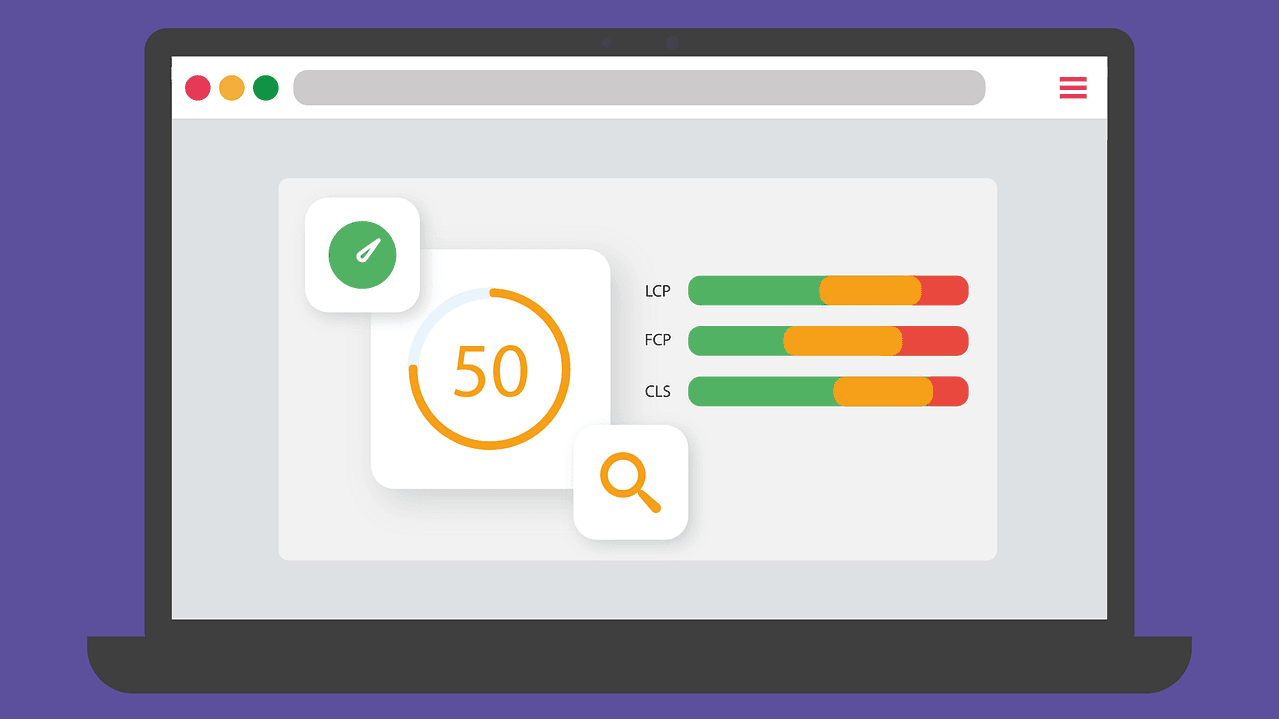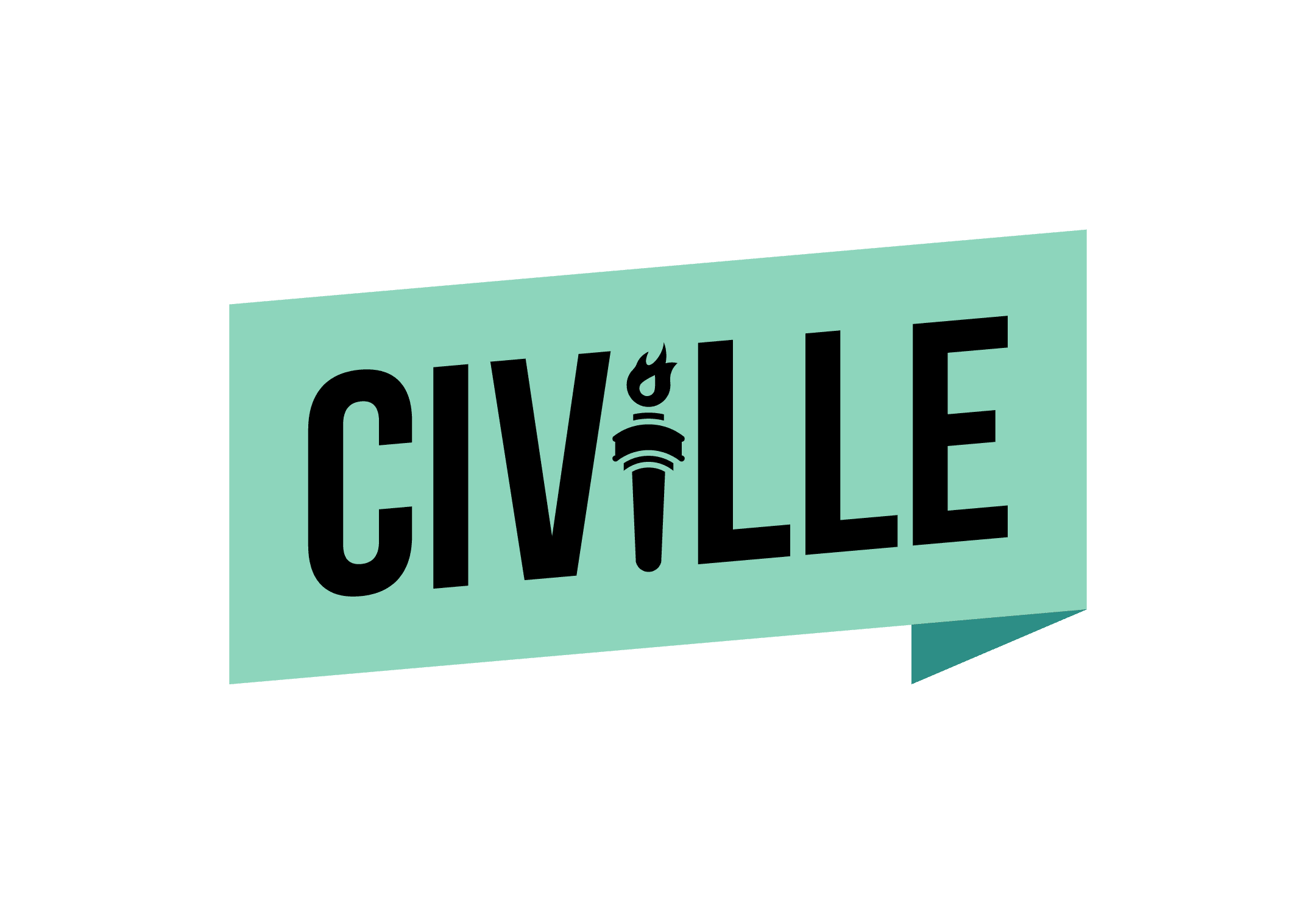Optimizing Law Firm Websites: Google's Core Web Vitals Explained

The verdict is in: Google's Core Web Vitals are now a crucial ranking factor for websites. In the competitive world of law firm marketing, optimizing your website for these metrics is essential to stay ahead. But how do you ensure your website meets these standards?
In this article, we will delve into the intricacies of Google's Core Web Vitals and provide actionable insights on enhancing site performance. From understanding the three main components – Largest Contentful Paint (LCP), Cumulative Layout Shift (CLS), and First Input Delay (FID) – to implementing optimization techniques, we will explore how updating your website can improve your search engine results.
Understanding Google's Core Web Vitals: The Key to a Stellar Law Firm Website
To outshine your competition and attract new clients, it is crucial to optimize your law firm website for Google's Core Web Vitals. These essential metrics focus on user experience (UX) and directly impact search engine rankings.
We'll explore three main components:
- Loading speed: A critical factor in User Experience (UX) that affects how quickly users can access content on your site.
- Visual stability: Ensuring consistent layout and design elements throughout the browsing session, keeping users engaged.
- Interactivity: Allowing seamless interaction with web pages, preventing visitors from leaving due to poor performance issues.
Loading Speed as a Crucial Factor in UX
A slow-loading website is like an attorney who takes forever to return phone calls - not very appealing. In today's world, online users have short attention spans and you need to capture their interest quickly. Your website needs speedy loading times so potential clients can access information without delays or frustration.
Visual Stability for Improved User Engagement
Nobody likes it when text or images shift unexpectedly while browsing a webpage; it's disorienting and distracting. Maintaining visual stability keeps users engaged with your content longer.
Interactivity to Keep Users on Your Site
You may have great content and provide great services, but what good is an informative website if visitors struggle to interact with it? Smooth interactions are essential to keep users on your site and convert them into clients.
The Importance of Largest Contentful Paint (LCP)
LCP is a key player in optimizing law firm websites for Google's core web vitals. LCP measures how quickly your site's "main" content loads, with Google setting the benchmark at 2.5 seconds or less for optimal user experience. Why does this matter?
A fast-loading website keeps users engaged and prevents them from bouncing off to competitors' sites due to slow load times.
- Action #1: Use tools like PageSpeed Insights to analyze your current LCP score and identify areas for improvement.
- Action #2: Optimize images by compressing file sizes without sacrificing quality using services like TinyPNG.
- Action #3: Implement lazy loading techniques so that images only load when they're visible on-screen, reducing initial page weight. Check out this guide on native lazy loading.
- Action #4: Minify CSS and JavaScript files to reduce their size and improve overall site performance.
In short, focusing on improving your LCP will not only boost your law firm's SEO performance but also create a more enjoyable browsing experience for potential clients.
Improving Cumulative Layout Shift (CLS) Score
Cumulative Layout Shift (CLS) score is a key metric that measures unexpected layout shifts during browsing sessions, which can be disruptive for users.
To improve this score, you need to focus on two main aspects: assessing layout shifts and optimizing image sizes using HTML.
Assessing Layout Shifts During Browsing Sessions
First things first - identify the elements causing these pesky layout shifts. You can use tools like Lighthouse or Web.Dev CLS Guide to diagnose issues related to CLS on your site.
Optimizing Image Sizes Using HTML
A simple yet effective way of improving CLS scores is by defining image dimensions in the HTML code itself - width and height attributes are your friends here.
- TIP: Use image compression tools to reduce file size without compromising quality. These tools are inexpensive and can substantially help your website.
Enhancing First Input Delay (FID) Metrics
Your law firm website needs to be not only visually appealing but also highly responsive. Enter the world of First Input Delay (FID), a crucial metric that measures your site's responsiveness and user interaction capabilities. By optimizing your law firm website for Google's Core Web Vitals, you can improve your SEO performance and search engine results. Focusing on these actionable steps will significantly enhance the overall UX experience and keep potential clients engaged with your website instead of leaving prematurely due to poor performance issues.
Content Quality and SEO Practices: The Winning Combo for Law Firms
In the modern digital sphere, offering up pertinent and top-notch content is paramount. But how can you make sure your legal organization stands out from the rest? The answer rests with search engine optimization (SEO).
Achieving top search engine rankings requires more than just great content; it also demands excellent law firm SEO practices. It's essential to keep in mind Google's Core Web Vitals metrics when optimizing your website.
- The Golden Rule: Always keep in mind Google's Core Web Vitals when optimizing your website.
- The Silver Bullet: Conduct thorough keyword research to identify phrases potential clients are searching for online.
- The Bronze Medalist: Don't forget about local SEO. Optimize your site for local searches by including city names and regional keywords throughout your pages.
Focusing on these tactics will not only lead to better search engine rankings but also increased visibility and potential clients, ultimately driving growth and success for law firms.
Consider Partnering with Digital Marketing Agencies for Core Web Vitals Optimization
To ensure your law firm's website meets Core Web Vitals standards, it is essential to diagnose specific issues and break recommendations down into manageable steps. This is where digital marketing agencies can help. Digital marketing experts will not only help you optimize your website according to shifting Google standards but also offer design consultations tailored to the unique needs of your business. Make sure that you perform due diligence when you hire a digital marketing agency, and ask questions to see if they truly understand digital marketing, the importance of legal accuracy, and the critical aspect of ethics compliance for law firms.
Remember, optimizing for Core Web Vitals is not just about ticking boxes; it's about providing a seamless user experience that keeps potential clients engaged and coming back for more.
Conclusion
Optimizing Law Firm Websites for Google's Core Web Vitals is crucial in today's digital age. By understanding the three main metrics of LCP, CLS, and FID, law firms can diagnose and optimize their website to provide a better user experience for potential clients. Improving loading speed, enhancing visual stability, and boosting interactivity are all important factors that can make or break a law firm's online presence. In addition to optimizing these core web vitals, creating high-quality content and utilizing SEO practices will also help improve search engine rankings. If you're looking to optimize your law firm website for Google's Core Web Vitals, you are likely already ahead of your competitors!




